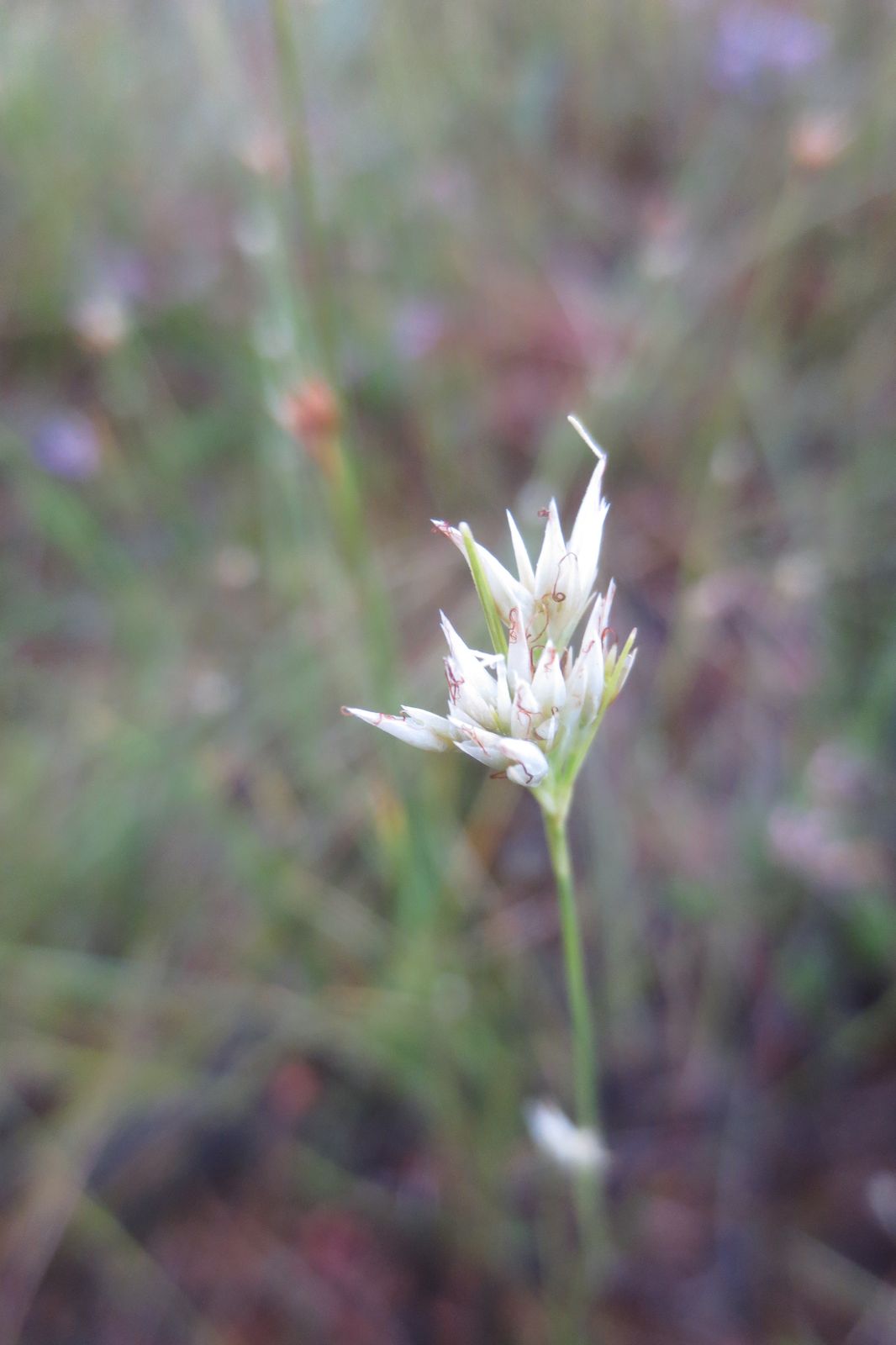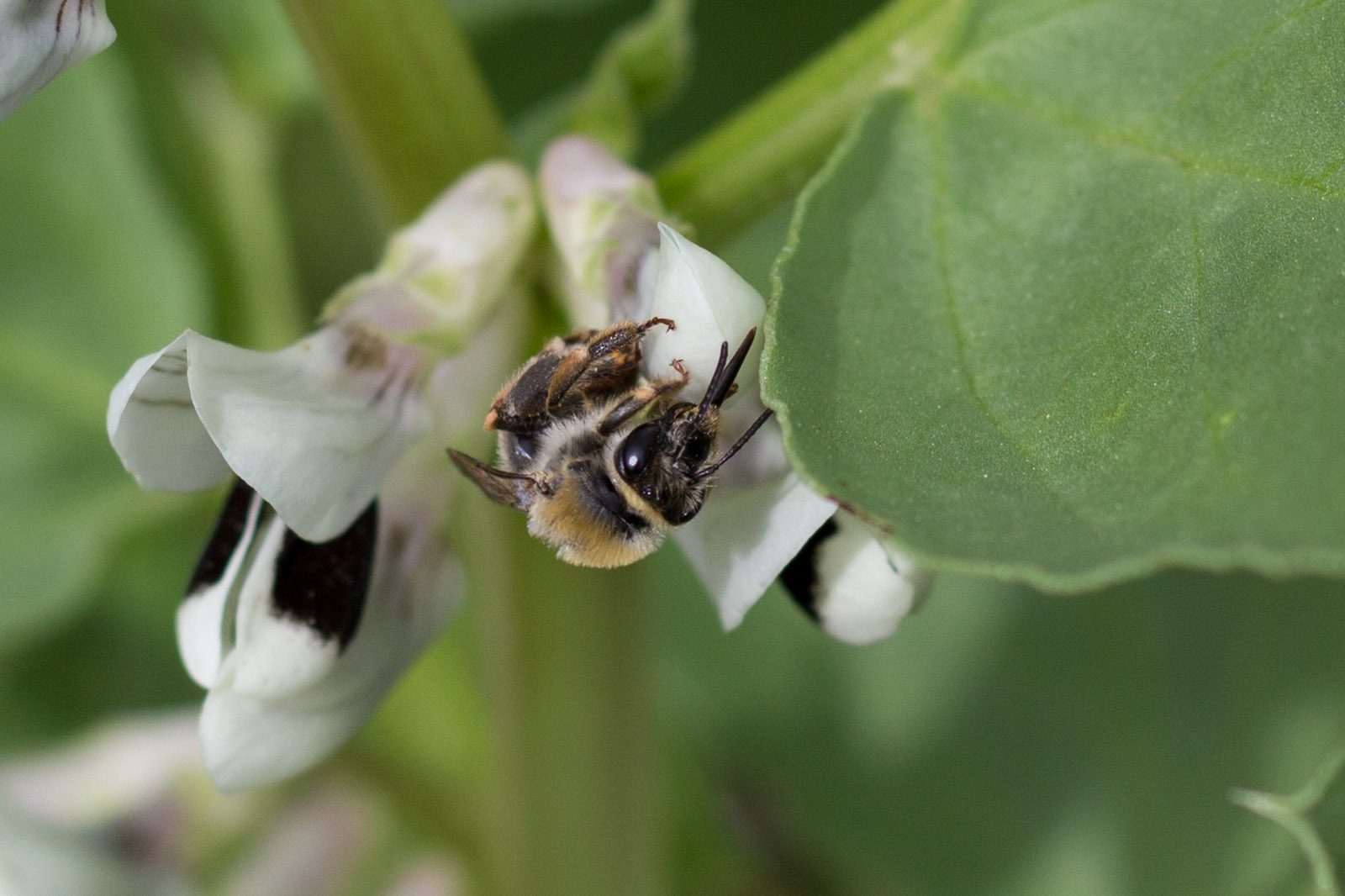Autumn is definitely in the air around here. The days are cooler and the nights are crisp and Jack couldn’t be happier. You see, the boy hates warm weather. His fur is thick and because he ocean swims in the summer he doesn’t lose his undercoat. He also has a bit of a fat pad that makes it even harder to stay cool. So when the weather turns and autumn comes Jack gets energized. Even now at 10 years old he is full of piss and vinegar. I don’t mind at all. Go ahead Jack and use that tail to clear the coffee table. Scratch my floors with those talons of yours and bark at every passing car. It was a long hot summer, but it’s finally time to have some fun.



















